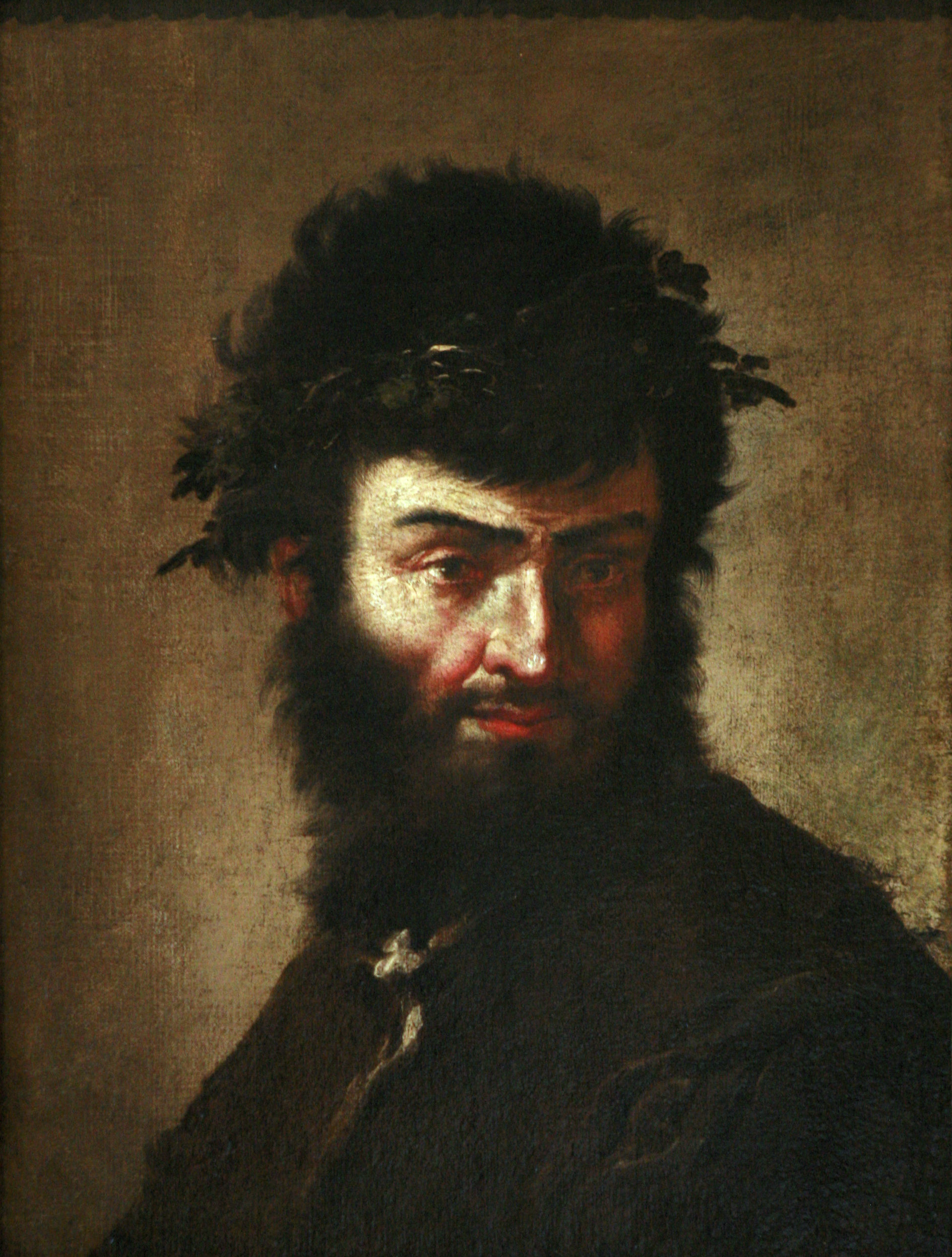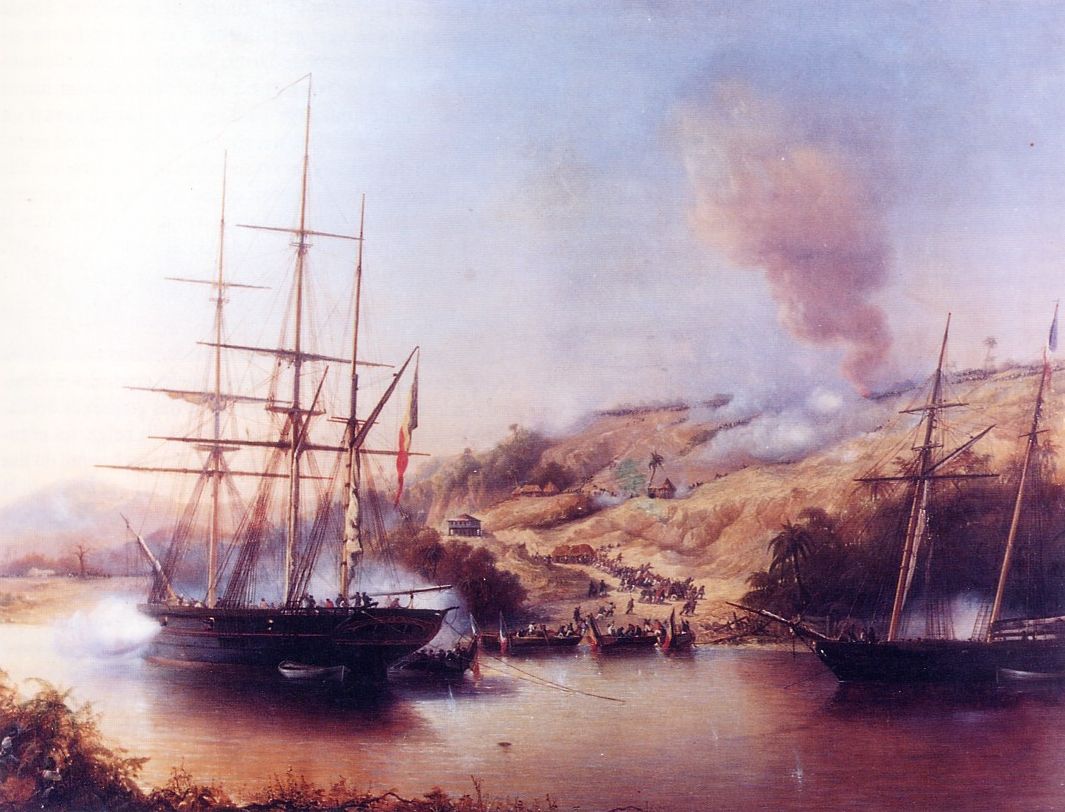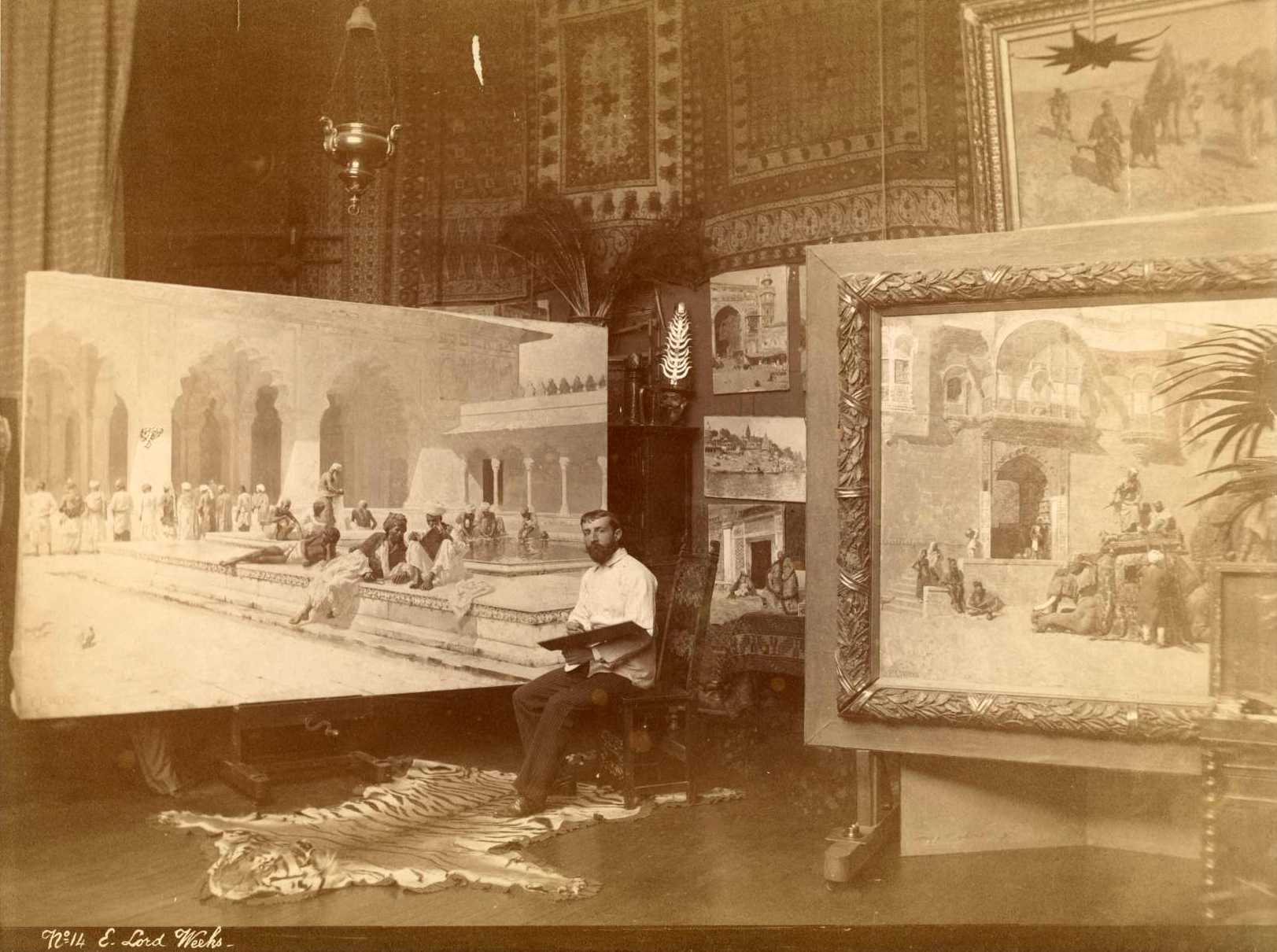|
Elbridge Gerry Mansion
The Elbridge T. Gerry Mansion was a lavish mansion built in 1895 and located at 2 East 61st Street, near the intersection of Fifth Avenue, in the Upper East Side of Manhattan, New York City. It was built for Commodore Elbridge Thomas Gerry, a grandson of statesman Elbridge Gerry. History Elbridge Thomas Gerry (1837–1927) hired architect Richard Morris Hunt to design a French Renaissance chateau. Gerry specifically told Hunt that he needed space to house his collection of 30,000 law books. Plans for the house were formally announced in ''The New York Times'' on May 15, 1892. Construction began by 1895, and after a reported $3,000,000 in construction costs, the residence was opened officially in 1897. The entrance of the structure, via an iron porte-cochère, was based on the Louis XIII wing of the Château de Blois. The Gerry mansion became a center of cultivated and fashionable life, even as it came to be surrounded by skyscrapers. Gerry owned sculptural spandrel figures ''Ni ... [...More Info...] [...Related Items...] OR: [Wikipedia] [Google] [Baidu] |
French Renaissance Architecture
French Renaissance architecture is a style which was prominent between the late 15th and early 17th centuries in the Kingdom of France. It succeeded French Gothic architecture. The style was originally imported from Italy after the Hundred Years' War by the French kings Charles VII, Louis XI, Charles VIII, Louis XII and François I. Several notable royal châteaux in this style were built in the Loire Valley, notably the Château de Montsoreau, the Château de Langeais, the Château d'Amboise, the Château de Blois, the Château de Gaillon and the Château de Chambord, as well as, closer to Paris, the Château de Fontainebleau. This style of French architecture had two distinct periods. During the first period, between about 1491 and 1540, the Italian style was copied directly, often by Italian architects and craftsmen. In the second period, between 1540 and the end of the Valois dynasty in 1589, French architects and craftsmen gave the style a more distinctive and original F ... [...More Info...] [...Related Items...] OR: [Wikipedia] [Google] [Baidu] |
Jean-Jacques Henner
Jean-Jacques Henner (5 March 1829 – 23 July 1905) was a French painter, noted for his use of sfumato and chiaroscuro in painting nudes, religious subjects and portraits. Biography Henner was born at Bernwiller (Alsace). He began his studies in art as a pupil of Michel Martin Drolling and François-Édouard Picot. In 1848, he entered the École des Beaux Arts in Paris, and took the Prix de Rome with a painting of ''Adam and Eve finding the Body of Abel'' in 1858. In Rome, he was guided by Flandrin, and painted four pictures for the gallery at Colmar among other works. He first exhibited ''Bather Asleep'' at the Salon in 1863 and subsequently contributed ''Chaste Susanna'' (1865), now in the Musée d'Orsay. Other noted works include: ''Byblis turned into a Spring'' (1867); ''The Magdalene'' (1878); ''Portrait of M. Hayem'' (1878); ''Christ Entombed'' (1879); ''Saint Jerome'' (1881); '' Bara'' (1882); ''Herodias'' (1887); ''A Study'' (1891); ''Christ in His Shroud'' and a ''Po ... [...More Info...] [...Related Items...] OR: [Wikipedia] [Google] [Baidu] |
Cornelius Van Leemputten
Cornelius Van Leemputten (1841–1902) was a Belgian painter known for his scenes of farmyard animals and landscapes with shepherds and grazing sheep.Cornelius van Leemputten (1841–1902), ''Poultry in a Landscape'' at Rehs Galleries Inc Life Cornelius Van Leemputten was born in Werchter as the son of Jan Frans Van Leemputten and Maria Catharina Van Cleynenbreugel. His father was originally a farmer but moved to Brussels in 1852 to become a painting restorer as he had an interest and some practice in art. Cornelius and his younger brother Frans Van Leemputten were encouraged by their father to practise art.[...More Info...] [...Related Items...] OR: [Wikipedia] [Google] [Baidu] |
Camillo Gioja Barbera
Camillo Gioja Barbera was a 19th-century Italian painter. He painted aquarelles and oil painting Oil painting is the process of painting with pigments with a medium of drying oil as the binder. It has been the most common technique for artistic painting on wood panel or canvas for several centuries, spreading from Europe to the rest of ...s. Mostly he painted themes displaying rooms populated with aristocrats and clergy. He is recorded in the list of Comanducci. Interesting to know is that the Commanduci guide spelled his name in a faulty way, Cimillo Gioja Barbera signed his works with a double "l". External linksA painting of Camillo Gioja Barbera [...More Info...] [...Related Items...] OR: [Wikipedia] [Google] [Baidu] |
Salvator Rosa
Salvator Rosa (1615 –1673) is best known today as an Italian Baroque painter, whose romanticized landscapes and history paintings, often set in dark and untamed nature, exerted considerable influence from the 17th century into the early 19th century. In his lifetime he was among the most famous painters,Jaffé, Hans L. C., editor. 1967. ''20,000 Years of World Painting.'' Harry N. Abrams, Inc., Publishers. New York. 418 pp. age 228/ref> known for his flamboyant personality, and regarded as an accomplished poet, satirist, actor, musician, and printmaker, as well. He was active in Naples, Rome, and Florence, where on occasion he was compelled to move between cities, as his caustic satire earned him enemies in the artistic and intellectual circles of the day. As a history painter, he often selected obscure and esoteric subjects from the Bible, mythology, and the lives of philosophers, that were seldom addressed by other artists. He rarely painted the common religious subjects, ... [...More Info...] [...Related Items...] OR: [Wikipedia] [Google] [Baidu] |
Mauritz De Haas
Maurits Frederik Hendrik de Haas (December 12, 1832November 23, 1895) was a Dutch-American marine painter. His name has been written as ''Mauritz Frederik de Haas'', ''Maurice F. H. de Haas'', ''Maurice Frederic Henri de Haas'', ''Mauritz Frederick Hendrick De Haas'', "Maurice Frederick Hendrick de Haas", as well as various other variations. Biography De Haas was born in Rotterdam, Netherlands. He studied art at the Rotterdam Academy and at The Hague, under Johannes Bosboom and Louis Meyer, and in 1851-1852 in London, following the English watercolourists of the day. In 1857 he received an artist's commission in the Dutch Navy, but in 1859, under the patronage of August Belmont, who had recently been minister of the United States at The Hague, he resigned and moved to New York City. He became an associate of the National Academy in 1863 and an academician in 1867, and exhibited annually in the academy, and in 1866 he was one of the founders of the American Society of Painters i ... [...More Info...] [...Related Items...] OR: [Wikipedia] [Google] [Baidu] |
Paul Jean Clays
Paul Jean Clays (27 November 1819 – 10 February 1900) was a Belgian artist known for his marine paintings. Biography In 1851 he made his debut at the Paris Salon and, while he tried to stay in the mainstream, his art was heralded by those who were looking for a change to more realism. In 1852 he married Marie-Isaure (d. 1860), the daughter of the director of the Brussels Observatory, and moved to Antwerp where he lived from 1852 to 1856; it was during this period that his fortunes began to improve. In 1856 he and his family moved to Brussels where he became a prolific artist, specializing in scenes along the Scheldt. He exhibited a number of works at the Exposition Universelelle of 1867 and the critic Burger-Thoré described him as one of the greatest marine painters of the time. In 1868 he became a member of the Société Libre des Beaux-Arts, a society founded on 1 March 1868 to help promote the works of artists who were interested in their individual interpretation ... [...More Info...] [...Related Items...] OR: [Wikipedia] [Google] [Baidu] |
Edwin Lord Weeks
Edwin Lord Weeks (18491903) was an American artist, noted for his Orientalist works. Life Weeks was born in Boston, Massachusetts in 1849. His parents were affluent spice and tea merchants from Newton, a suburb of Boston, and as such they were able to finance their son's youthful interest in painting and travelling. As a young man Weeks visited the Florida Keys to draw, and also travelled to Surinam in South America. His earliest known paintings date from 1867 when he was eighteen years old, although it is not until his ''Landscape with Blue Heron'', dated 1871 and painted in the Everglades, that Weeks started to exhibit a dexterity of technique and eye for composition—presumably having taken professional tuition. In 1872 Weeks relocated to Paris, becoming a pupil of Léon Bonnat and Jean-Léon Gérôme. After his studies in Paris, Weeks emerged as one of America's major painters of Orientalist subjects. Throughout his adult life he was an inveterate traveler and journe ... [...More Info...] [...Related Items...] OR: [Wikipedia] [Google] [Baidu] |
John Henry Dolph
John Henry Dolph (April 18, 1835 – September 28, 1903) was an American painter. Eventually based in New York City, he became notable for his depictions of pets such as dogs and kittens. Life John Henry Dolph was born on April 18, 1835, in Fort Ann, New York. In 1841, his father Osmond relocated the family to Ashtabula County, Ohio. Eight years later, John Dolph began an apprenticeship as a carriage painter in Columbus. From 1855, he worked as a portrait painter in Cleveland and Detroit. In 1861 he was listed as "J. Henri Dolph". Dolph moved to New York City in 1864 where his works were annually exhibited in the National Academy of Design until 1900. By the end of the 1860s decade, he had also become a prominent landscape painter. From 1870 to 1873 he studied in Antwerp, Belgium, and took further studies in Paris from 1880 to 1882. Afterwards he specialised in painting pet animals such as dogs and cats. In New York, Dolph became a member of the Kit Kat Club of avant-garde arti ... [...More Info...] [...Related Items...] OR: [Wikipedia] [Google] [Baidu] |
Jean-Joseph Benjamin-Constant
Jean-Joseph Benjamin-Constant (also known as Benjamin-Constant), born Jean-Joseph Constant (10 June 1845 – 26 May 1902), was a French painter and etcher best known for his Oriental subjects and portraits. Biography Benjamin-Constant was born in Paris. He studied at the Ecole des Beaux-Arts in Toulouse, where he was a pupil of Alexandre Cabanel. A journey to Morocco in 1872 strongly influenced his early artistic development and lead him to produce Romantic scenes under the spell of Orientalism. Among his noted works in this vein are ''Last Rebels'', ''Justice in the Harem'' (both in the Luxembourg Gallery), ''Les Chérifas'', and ''Moroccan Prisoners'' (Bordeaux). His large canvas, '' The Entrance of Mahomet II into Constantinople'' (Musée des Augustins Toulouse), received a medal in 1876. After 1880, he changed his manner, devoting himself to mural decorations and to portraits. Prominent examples include the great plafond in the Hôtel de Ville, Paris, entitled ''Paris ... [...More Info...] [...Related Items...] OR: [Wikipedia] [Google] [Baidu] |
Adolf Schreyer
Adolf Schreyer (9 July 1828, Frankfurt-am-Main29 July 1899, Kronberg im Taunus) was a German painter, associated with the Düsseldorf school of painting. Biography He studied art first at the Städel Institute in his native town, and then at Stuttgart and Munich. He painted many of his favourite subjects in his travels in the East. He first accompanied Maximilian Karl, 6th Prince of Thurn and Taxis through Hungary, Wallachia, Russia and Turkey; then, in 1854, he followed the Austrian army across the Wallachian frontier. In 1856 he went to Egypt and Syria, and in 1861 to Algiers. In 1862 he settled in Paris, but returned to Germany in 1870; and settled at Cronberg near Frankfurt, where he died. Work Schreyer was, and is still, especially esteemed as a painter of horses, of peasant life in Wallachia and Moldavia, and of battle incidents. His work is remarkable for its excellent equine draughtsmanship, and for the artist's power of observation and forceful statement; and h ... [...More Info...] [...Related Items...] OR: [Wikipedia] [Google] [Baidu] |
Jehan Georges Vibert
Jehan Georges Vibert or Jean Georges Vibert (30 September 1840 – 28 July 1902) was a French academic painter. Biography He was born in Paris, the son of engraver and publisher Théodore Vibert, and grandson of the influential rose-breeder Jean-Pierre Vibert. He began his artistic training at a young age under the instruction of his maternal grandfather, engraver Jean-Pierre-Marie Jazet. Vibert was more interested in painting than engraving and entered the studio of Félix-Joseph Barrias and eventually the École des Beaux-Arts when he was sixteen. He remained at the École for six years under the instruction of history painter François-Edouard Picot. Vibert debuted at the Salon of 1863 with ''La Sieste'' (The Siesta) and ''Repentir'' (Repentance). During the Franco-Prussian War, Vibert became a sharpshooter and was wounded at the battle of Malmaison in October 1870. In recognition of his sacrifice, he was awarded a Knight in France's Legion of Honour on 18 June 1870, wh ... [...More Info...] [...Related Items...] OR: [Wikipedia] [Google] [Baidu] |






